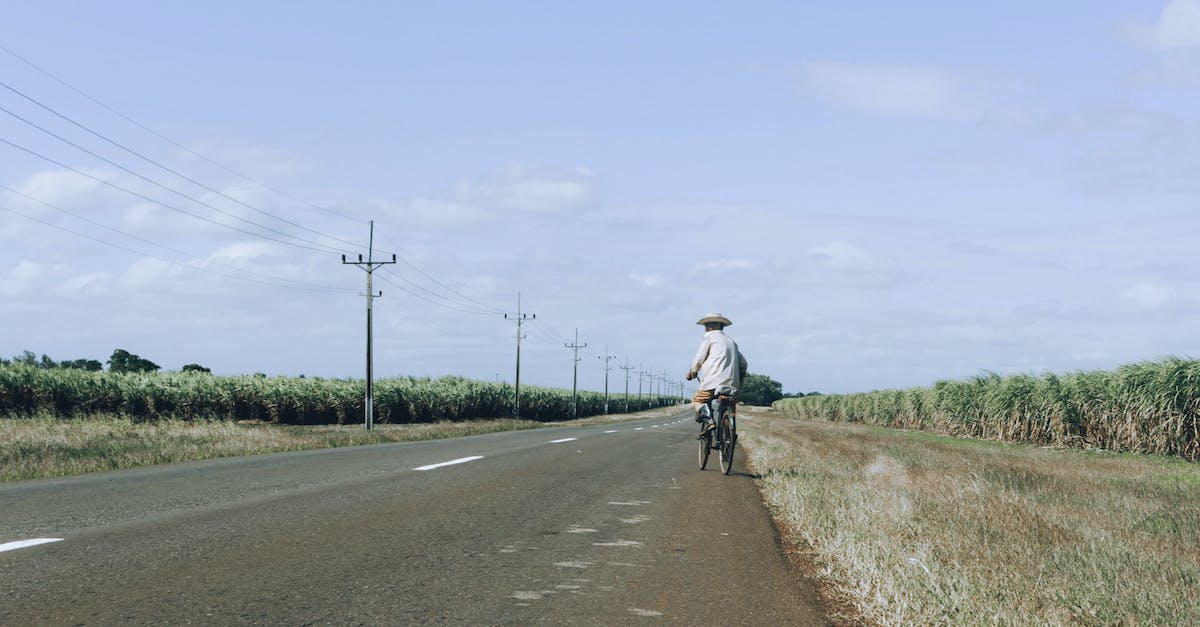flō-līn
Noun
A line of connected jumps or berms in a trail.
Example usage: The flow-line was a great way to link up the trails.
Most used in: Mountain biking trails.
Most used by: Experienced mountain bikers.
Popularity: 8/10
Comedy Value: 4/10
Also see: Cadence, Pedalling Rhythm, Pedalling Action, Pedalling Motion,
What is the Cycling Term 'Flow-Line'?
The cycling term 'flow-line' is used to describe a cyclist's ideal route from start to finish. A flow-line is designed to be the most efficient and fastest route, taking into account a cyclist's skill level, terrain, and environmental conditions. It is usually a combination of straightaways, curves, and jumps, optimized for speed and efficiency.
In general, flow-lines are used to maximize the speed of a cyclist while minimizing the amount of effort required. To achieve this, a flow-line will often require cyclists to make a series of quick, sharp turns and jumps in order to keep their speed up. This technique is known as 'flow-cycling' or 'flow-riding'.
Flow-lines are becoming increasingly popular among cyclists, especially those who participate in mountain biking or downhill racing. Studies have shown that cyclists who use flow-lines are able to achieve higher speeds and lower times than those who do not. Additionally, flow-lines can reduce the risk of injury by allowing cyclists to take the most efficient and safest routes.
In conclusion, the cycling term 'flow-line' is used to describe an ideal route from start to finish that maximizes speed and efficiency. Flow-lines are becoming increasingly popular among cyclists, as they can help improve performance and reduce the risk of injury.
.The Origin of the Term 'Flow-Line' in Cycling
The term 'flow-line' has become popular amongst cycling enthusiasts in recent years. It describes a route that is easy to ride, with few obstacles and great scenery. However, its origins can be traced back to the early 1900s in the United States.
The term first appears in the writings of Horace Kephart, an American outdoorsman and writer. In his 1917 book, Camping and Woodcraft, Kephart refers to a 'flow-line' as a 'smooth, easy path of travel'. This term was used to describe routes that were easy to traverse, free of obstacles, and with great scenery.
Kephart's usage of the term 'flow-line' was picked up by other outdoor adventurers in the United States, and eventually made its way into the lexicon of cycling enthusiasts. Today, the term is commonly used to describe routes that are easy to ride, with few obstacles and great scenery.












